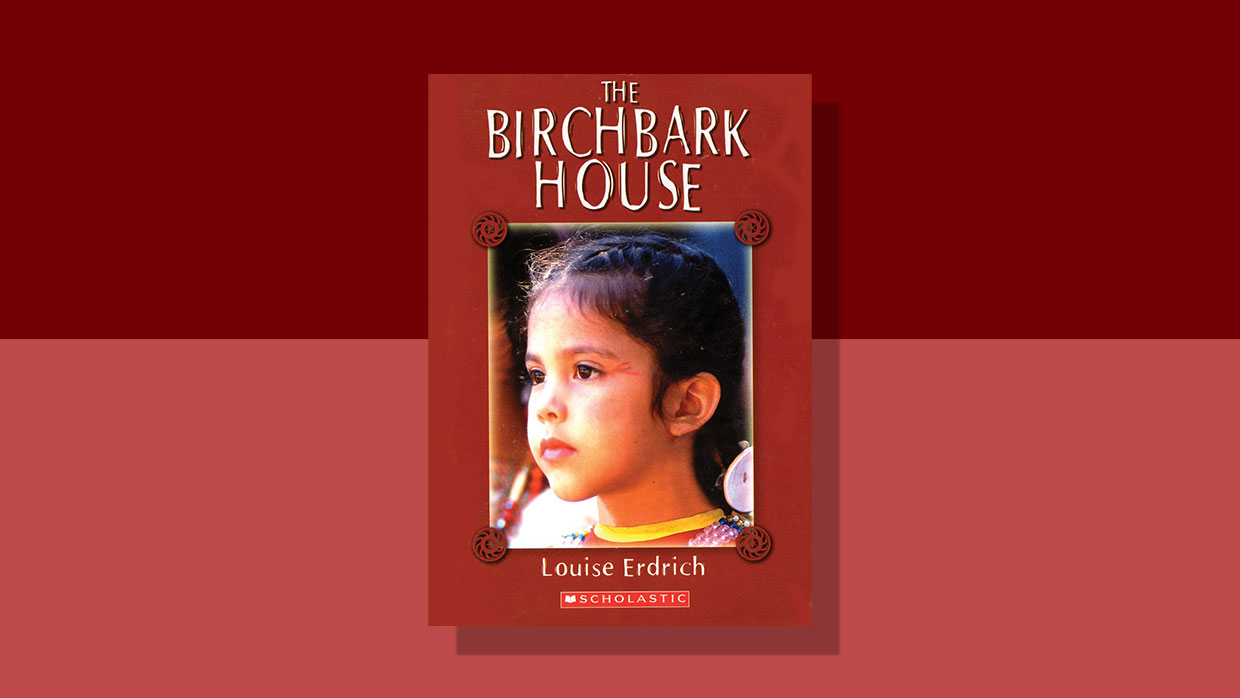- Is Omakayas really the girl from Spirit Island? What evidence suggests that she is or isn’t?
- How is the Ojibwe way of life organized? In what ways are your lives organized in this way?
- Why is tobacco sacred among the Ojibwe? If you were to write a story rooted in modern times, what items would be considered sacred?
- What role do dreams play in Ojibwe culture? Do dreams have the same significance in your life? Why or why not?
- What are some of the attributes of the Ojibwe burial ritual? What differences and similarities exist between the Ojibwe burial rituals and those of today?
- What does it mean to be self-sufficient? In what ways were the Ojibwe self-sufficient? In what ways are you or your family self-sufficient?
In The Birchbark House, author Louise Erdrich transports readers to an island on Lake Superior. It’s 1847, and the everyday life of a Native American family is portrayed through the eyes and from the point of view of a young Ojibwa girl named Omakayas. Readers quickly grow attached to her as a window into her life gradually opens with each turn of the page.
The book engages students with ins and outs of a family’s daily life—tasks and household chores rooted in ceremony and tradition. Students may find themselves drawing comparisons to their own lives, the everyday routines that define their days at school and nights at home, routines they may have not given much thought or credence to—until they’re introduced to Omakayas and the ways of her family.
Rooted in identity and culture, this story will likely inspire students to reflect on Omakayas's experience and Native American history in general. The book also offers an opportunity to discuss important themes and concepts students discover through reading. Here are some prompts to help spark a dialogue among your students:
After reading and discussion, encourage students to investigate other Native American cultures and the role ceremony and tradition played in daily lives. What differences do they see between them and the Ojibwe? What similarities exist? And what similarities and parallels can they draw to their own lives?
